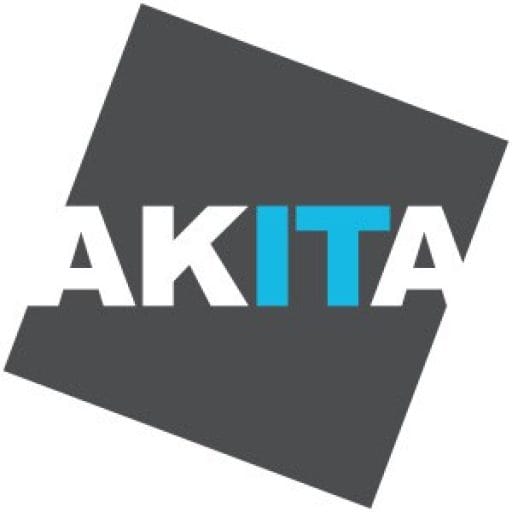In the lead-up to the 2027 ISDN switch-off, businesses across the UK are facing a critical change to be implemented into their communications strategies. As we approach this shift, it’s vital for organisations to not only prepare for the change but also to explore the range of alternative communications solutions available to them.
Below, we provide guidance to help organisations through this transition, highlighting key considerations to take into account and suggesting innovative solutions to ensure that seamless communications continue past the end of ISDN.
Understanding The ISDN Switch-Off
Integrated Services Digital Network (ISDN) has been a staple in business telecommunications for decades, offering digital transmission of voice and data services.
First introduced in 1988, ISDN is used for many business services such as broadband, CCTV systems, door entry systems, alarms and more.
With rapid advancements in technology, ISDN is however becoming increasingly outdated. The 2027 switch-off marks a pivotal move towards more cost-effective and efficient alternative communications solutions, aiming to benefit organisations in the long run.
Benefits Of Transitioning From ISDN
The shift from ISDN, although a compliance necessity, is also an opportunity for organisations to upgrade and improve their communication infrastructure, thereby improving some of their processes.
Multiple benefits come with adopting alternative communications solutions; from enhanced flexibility and scalability to improved cost-efficiency and access to better, more advanced communications features.
Exploring Alternative Communication Solutions
Voice over Internet Protocol (VoIP): VoIP technology uses the internet to make and receive calls, offering a flexible and scalable solution for organisations of all sizes. It’s ideal for businesses seeking to modernise their communication systems.
VoIP provides features like voicemail-to-email, call forwarding, and video conferencing, all at a lower cost than traditional phone lines.
Unified Communications: Integrate various communication and collaboration tools with wider systems in use. Unified communications can include voice and video calling, instant messaging, file sharing, and more, allowing for a seamless communication experience both internally and externally. Having a fully integrated system setup is particularly beneficial for businesses with remote or hybrid work models.
Session Initiation Protocol (SIP) Trunking: SIP Trunking replaces traditional ISDN lines with internet-based connections. It offers greater flexibility, allowing organisations to scale their communication needs up or down easily. It’s a cost-effective solution that pairs well with existing PBX systems.
Cloud-Based Solutions: Moving your telephony system to the cloud offers unparalleled flexibility and scalability. Cloud-based solutions provide robust disaster recovery capabilities and allow employees to communicate effectively from anywhere, a critical feature to enable prompt responses to customers and clients and to guarantee quick internal issue resolution.
5G Technology: The rollout of 5G presents exciting opportunities for wireless communication. With its high speed and low latency, 5G can support a range of communication needs, from high-quality video conferencing to IoT applications and acts as a great temporary solution whilst more permanent connections are being made.
Preparing for the Transition
Assess Your Current Infrastructure: Evaluate your current telecommunications setup. Understand the scale of the required transition and identify any potential challenges.
Consult With IT Experts: Partnering with a strategic IT partner can provide invaluable insights into the best alternative communications solutions for your specific needs, saving time and money in the process.
Plan For Staff Training: Ensure your team is prepared for the new system. Adequate training is essential for a smooth transition and for employees to make the most of the new features and capabilities.
Consider Your Business Needs: Choose alternative communications solutions that align with your business goals. Whether it’s flexibility, cost reduction, or advanced features, your selected system should support your long-term business strategy.
Implement A Phased Approach: A gradual transition can help mitigate risks. Start with a pilot program, gather feedback, and make adjustments before a full-scale rollout.
Ensure Compliance And Security: With any new technology, security is paramount. Ensure that your chosen solution complies with industry standards and offers robust security features.
Embracing Alternative Communications Solutions
The move away from ISDN is not just a mandatory switch; it’s an opportunity for organisations to embrace the future of communication. By exploring and adopting these alternative communications solutions, businesses can enhance their operational efficiency, foster better collaboration, and position themselves for success in a rapidly evolving digital landscape.
Akita is an experienced business communications partner. Find out more about our alternative communications solutions:
View More





